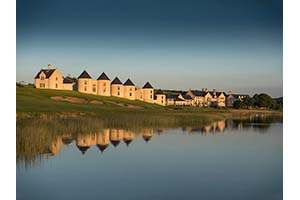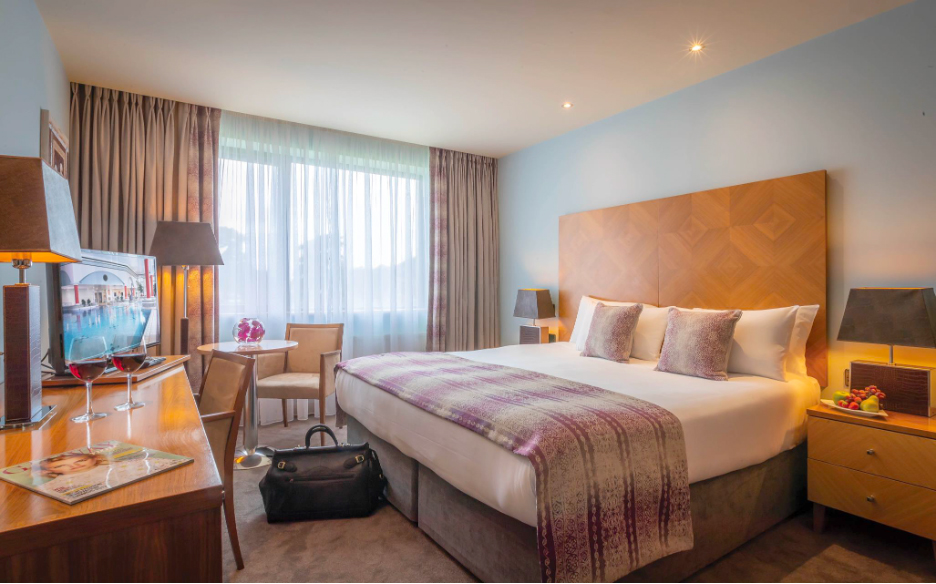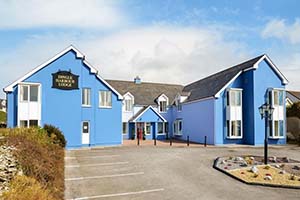While just about any month is great to visit Ireland, there are a few prime times of year worth considering. Here’s what to expect, according to our destination experts.
Spring: Visiting the Emerald Isle in March and April offers a relaxed and intimate experience, with fewer crowds and the charming sight of little lambs dotting the countryside. During this time, temperatures are cool, averaging in the mid-40s to low 50s°F (8-12°C). It's wise to pack a light rain jacket, as you may encounter some light rain, although April typically sees less rainfall than other months. Keep in mind that Saint Patrick’s Day and Easter holidays can bring an increase in visitors, making Ireland’s attractions busier.
Summer: The peak of the summer season from July to August brings a vibrant and bustling atmosphere to Ireland's major cities. With longer daylight hours, you have ample time to explore the Emerald Isle's breathtaking scenery in full bloom. In July, the sun can set as late as 10 p.m. and rise as early as 5 a.m., providing plenty of daylight for outdoor activities.
Average temperatures hover in the high 60s to low 70s°F (20-22°C), making it a great time to be outside. However, even in summer, you can experience all four seasons in a single day, so be sure to pack a lightweight waterproof jacket in case of rain and cooler temps and know temperatures can reach into the 80s°F (mid 20s°C).
This period is the most popular time to travel to Ireland, making the country very busy, especially with families taking advantage of school holidays. The lively cities and crowds mean there could be waits for popular restaurants and top attractions. Some popular attractions that are not included in tours may book up or sell out, so be sure to get tickets as early as possible or make reservations for specific restaurants you want to try in advance.
Fall: With the Irish fall, the landscape reveals a tapestry of autumn colors. These months mark the transition from summer to winter in Ireland, with September often still feeling quite mild with average highs around 64°F (18°C) and lows around 51°F (11°C) and November bringing cooler, more autumnal weather, averaging in the 40s°F (4-9°C). In recent years, September has become one of the most popular times to visit Ireland, making top sights busy. By October, tourism begins to slow down, and November is relatively quiet, making these months ideal for those wishing to take advantage of fewer crowds. While it’s cooler outdoors, there’s so much warmth to be found inside among locals and cozying up to a peat fire with a cup of tea (or maybe something stronger)!
















